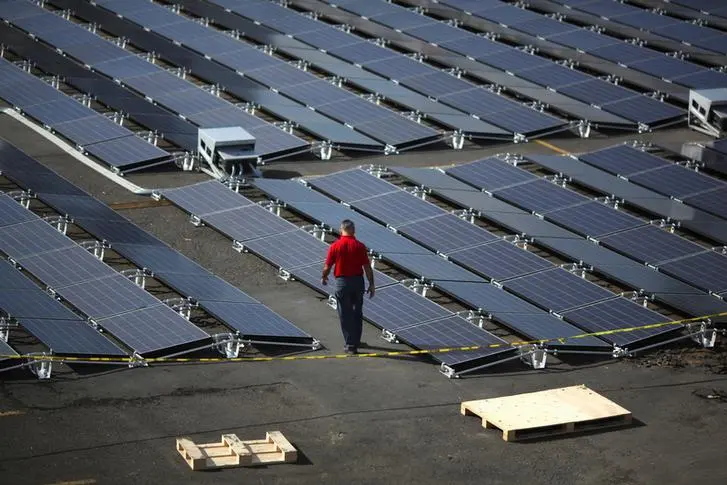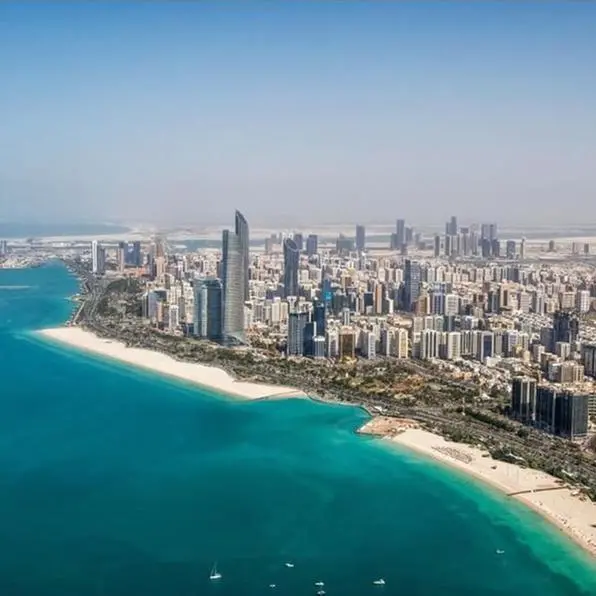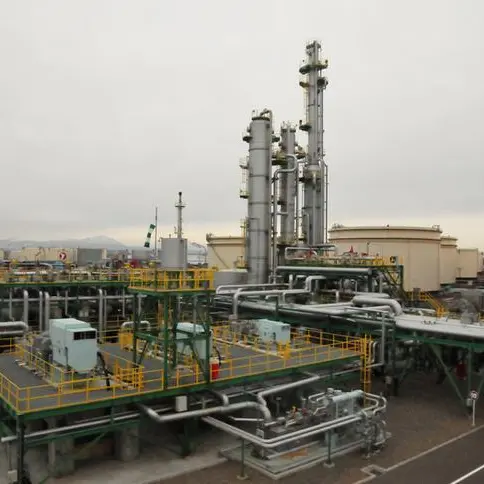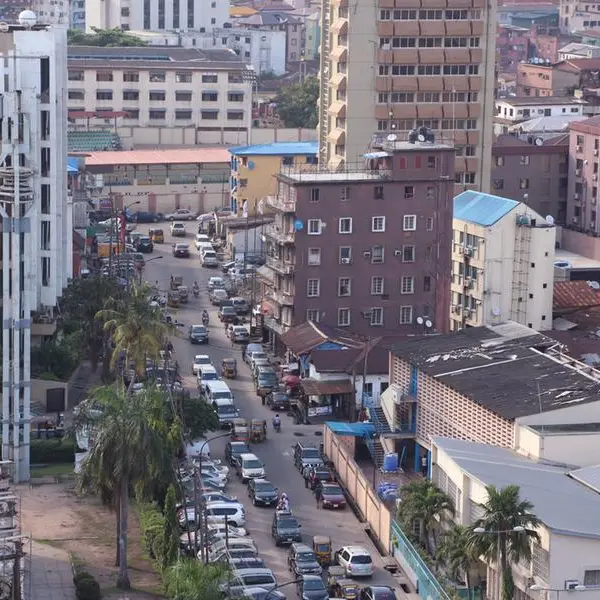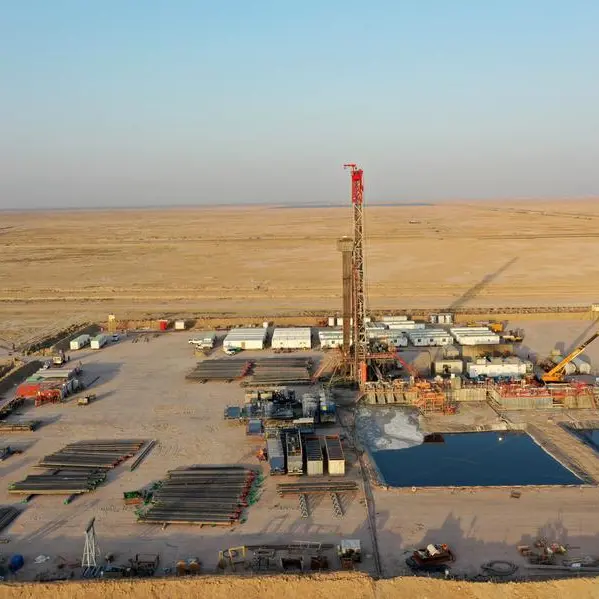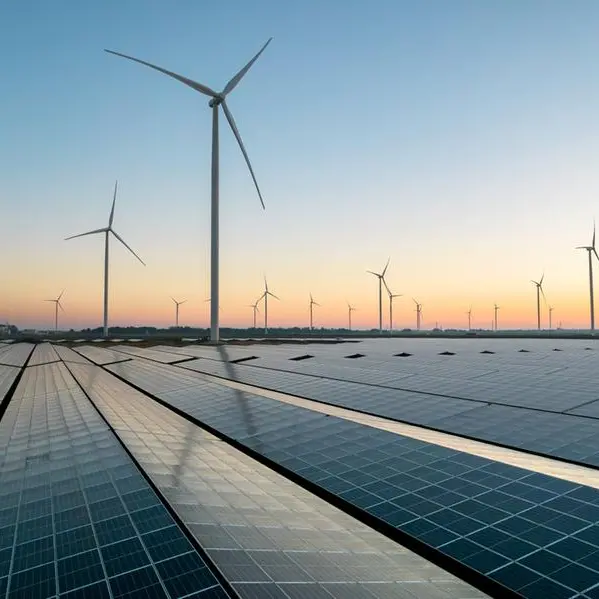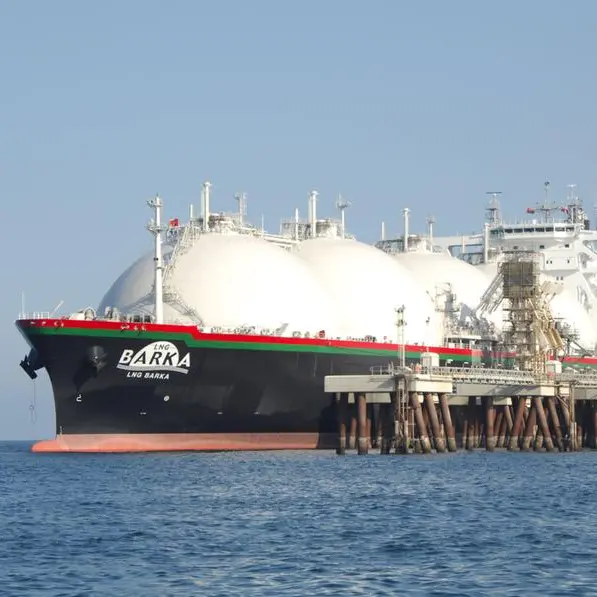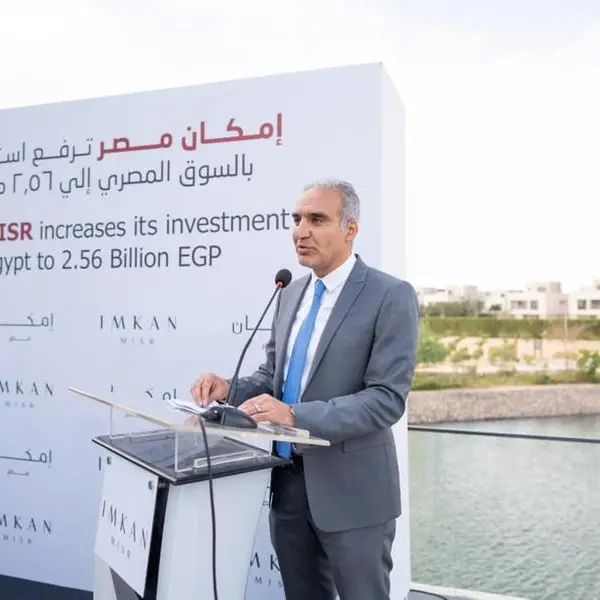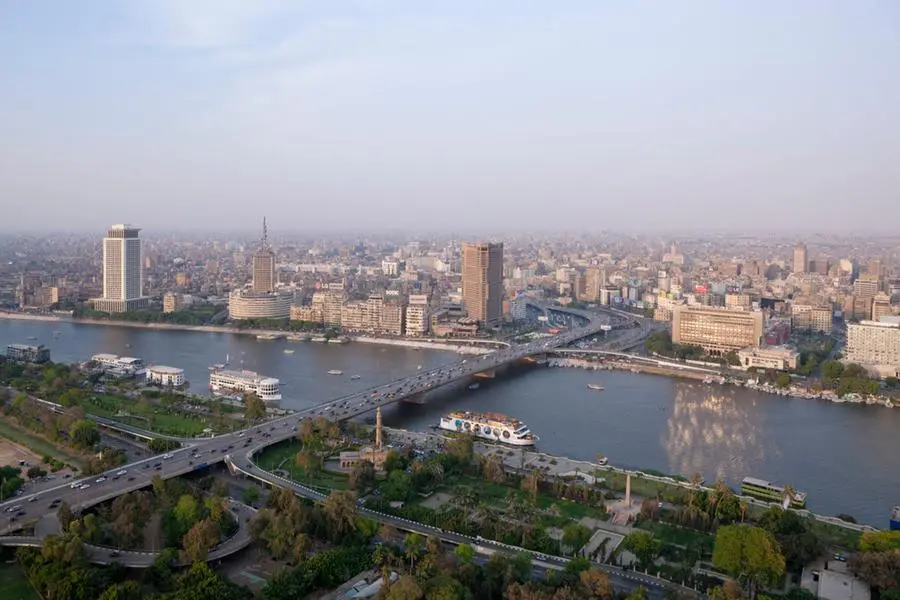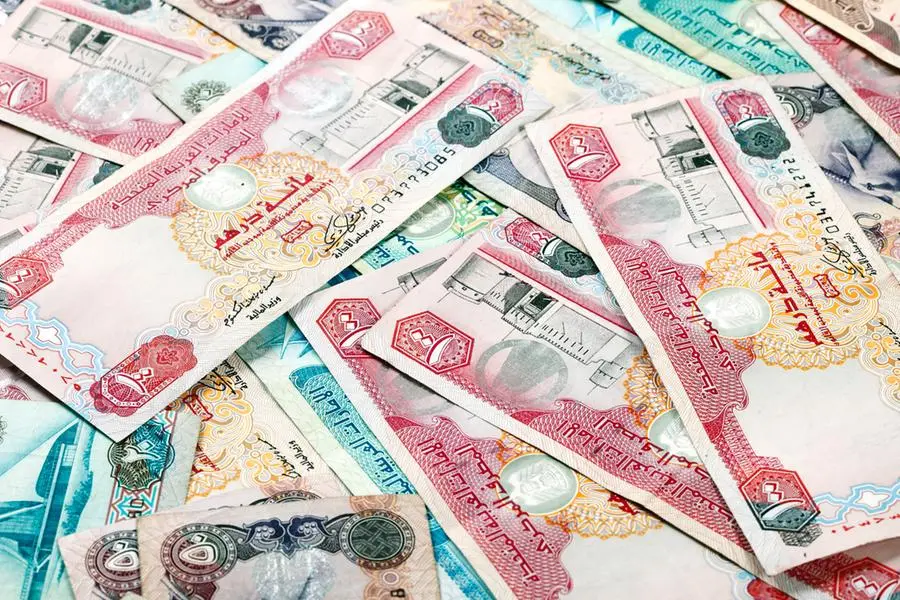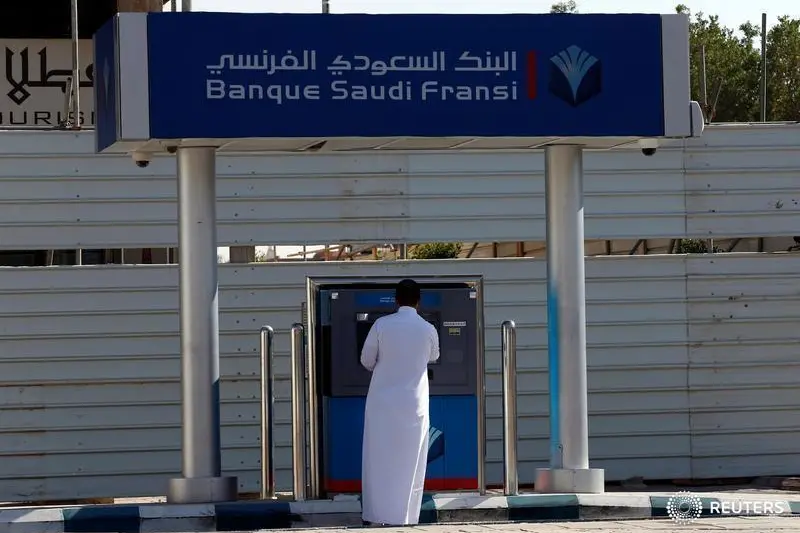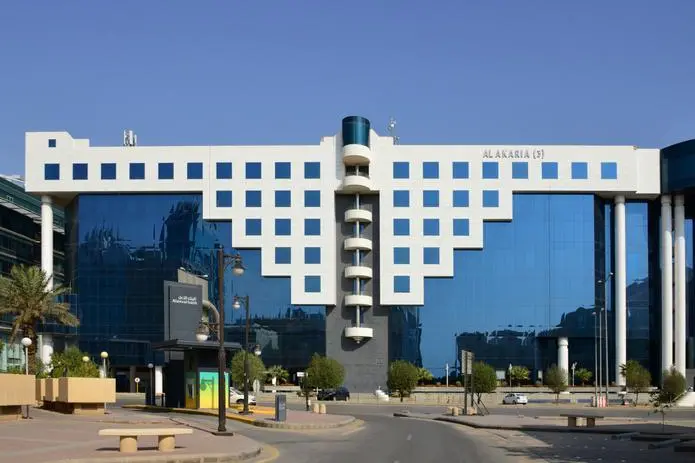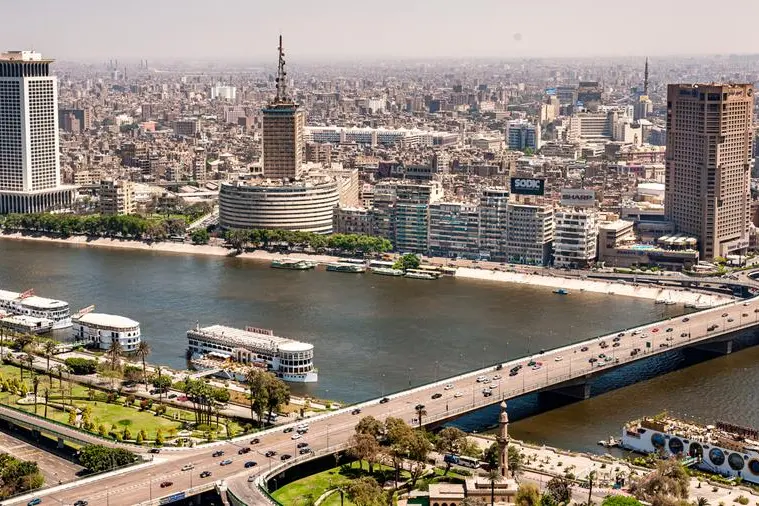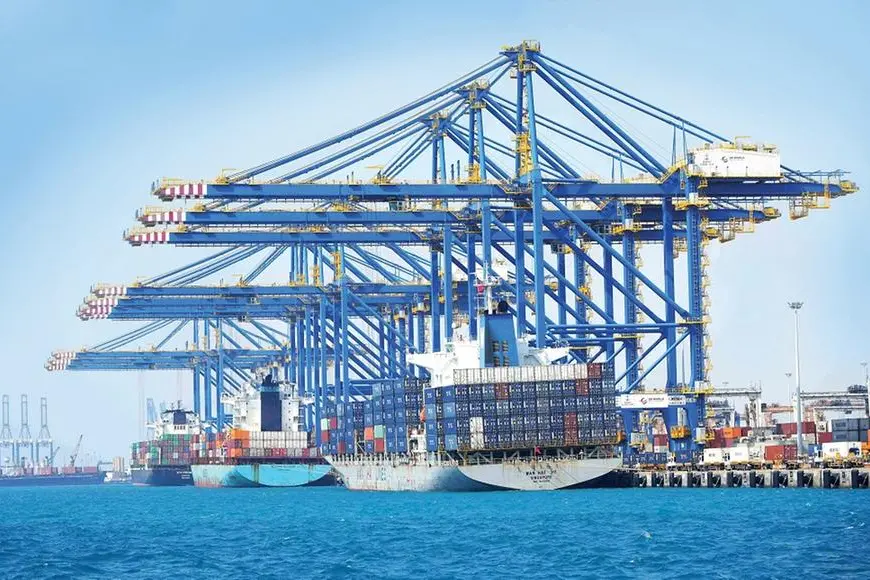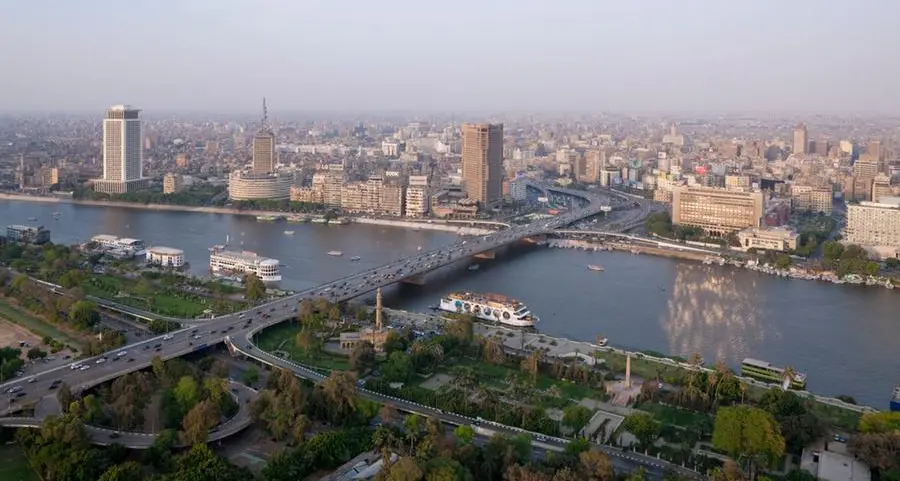PHOTO
Image used for illustrative purpose. A man walks between solar panels set up by Tesla, at the San Juan Children's Hospital, after the island was hit by Hurricane Maria in September, in San Juan, Puerto Rico October 26, 2017.
Grid-connected solar PV systems installed by various government, commercial and residential customers on their premises in Muscat Governorate are projected to offer a total of around 15,000 kW (kilowatts) of renewable generation capacity by the end of 2021.
According to Muscat Electricity Distribution Company (MEDC), the state-owned utility licensed to distribute and supply power to customers across the capital region, the figure represents a nearly four-fold increase from the 4,148 kW of capacity installed as of end-2020.
A total of 48 solar PV systems — installed primarily on the rooftops of schools, corporate buildings, commercial blocks and residential buildings, as well as car-parks of government and oilfield establishments — have so far been connected to MEDC’s network, the utility said in its Annual Report for 2020 released here on Wednesday.
A sizable number of these installations have come in the wake of the launch of the Sahim initiative by the sector regulator, the Authority for Public Services Regulation (APSR), in 2018.
Phase 1 of the Sahim programme has primarily focused on individual customers looking to install grid-connected solar rooftop capacity for their in-house consumption, with the surplus electricity output injected back into the grid.
MEDC says it is committed to facilitating connections for customers investing in their own solar PV systems on their premises as part of a wider national effort to promote the use of renewable resources as a substitute to natural gas in power generation.
“MEDC will facilitate and assist individuals as well as institutions who wish to connect their solar systems to produce electricity either individually or for commercial and industrial purposes via MEDC’s Connection Application Process including workshops and other stakeholder engagement measures,” the company stated.
“Since the beginning of the Renewable Energy Implementation by MEDC in circa 2017, a total of 86 applications (accumulated) for solar PV connections have been received by the company with a project implementation progress of more than 56 per cent in the year 2020,” it noted.
The Omani government is targeting a 30-per cent contribution from renewable energy sources by 2030, the bulk of it coming from solar photo-voltaic (PV) systems.
In the capital region, a significant ramp-up in solar PV capacity is anticipated in the next few years when Phase 2 of the Sahim programme is implemented initially in Muscat before being rolled out across the country.
Several hundred residential buildings and homes are proposed to be fitted with grid-connected solar PV systems financed by a developer under a proposed Private-Private-Partnership (PPP) model. As a first step in the delivery of this landmark programme via a competitive tender, the regulator issued a Request for Proposals (RfP) last December seeking offers covering the first tranche of residential buildings approved for grid connection.
2021 © All right reserved for Oman Establishment for Press, Publication and Advertising (OEPPA) Provided by SyndiGate Media Inc. (Syndigate.info).
